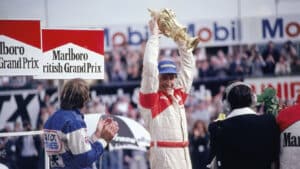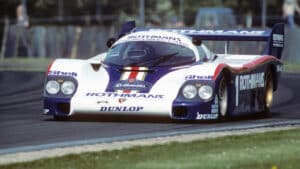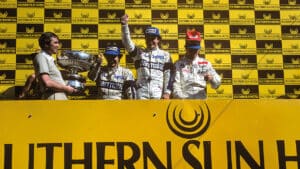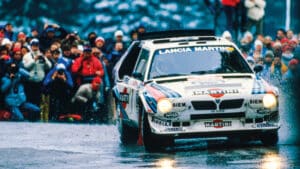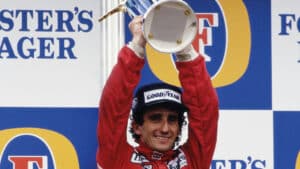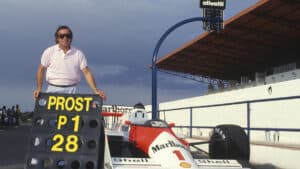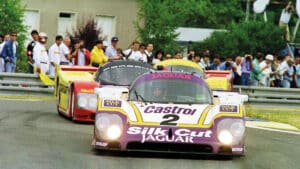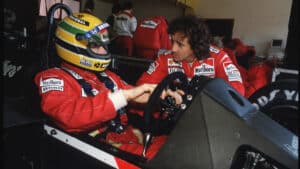Decade of many excesses - 1980s flashback
Power dressing and shoulder pads were all the rage in the ’80s, which transferred to the track
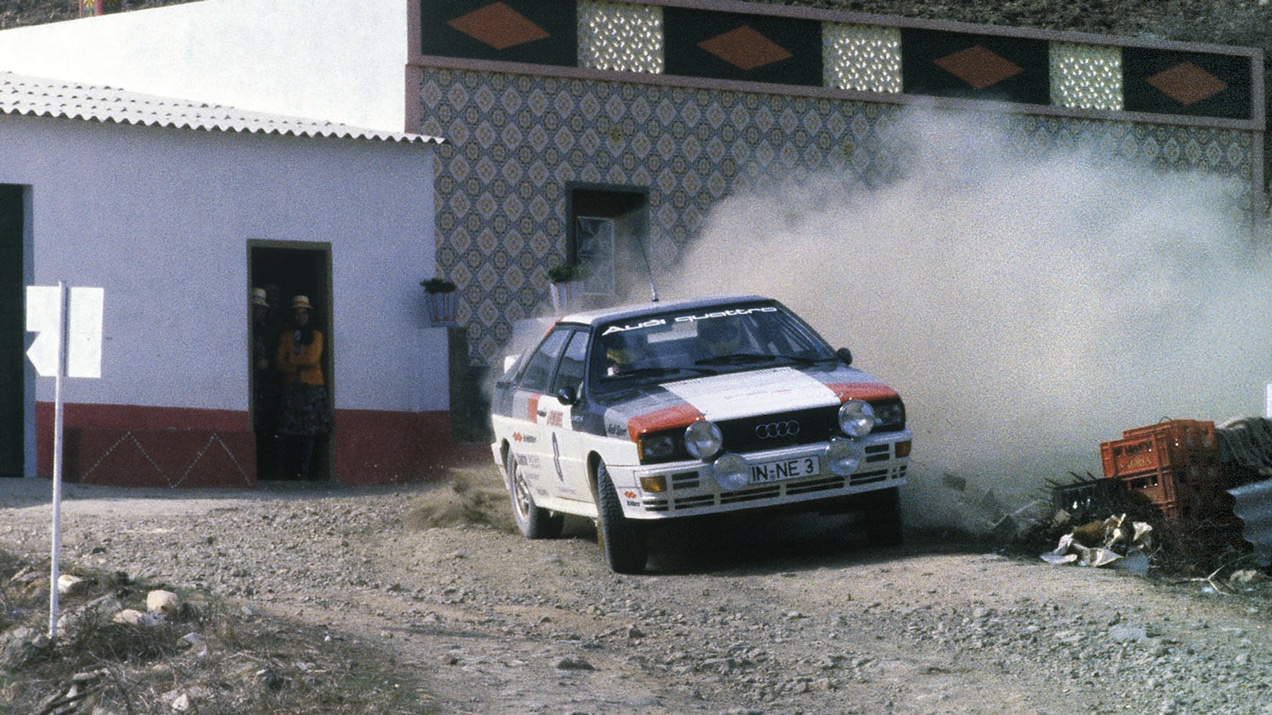
McKlein / Reinhard Klein / Colin McMaster 2019
1980
Audi reveals its Quattro at the Geneva Motor Show. Having already successfully lobbied to make 4WD legal for rallying, a Quattro appears on the Algarve Rally as a non-competitive course car. Had it counted, Hannu Mikkola would have won easily. A year later, Mikkola scores Audi’s first WRC victory and Michèle Mouton becomes the first (and still only) female winner, in Sanremo.
1981
John Watson ends McLaren’s four-year Formula 1 win drought at the British Grand Prix. More significantly, the MP4/1 is the first F1 winner with a fully
carbon-fibre composite monocoque, as a new era is ushered in under the team leadership of Ron Dennis and John Barnard. Within three years, TAG Porsche turbo-powered McLaren is the dominant force in grand prix racing.
1982
Jacky Ickx and Derek Bell give Porsche’s 956 Group C contender its race debut at the Silverstone Six Hours. Frustrating regulations limit the car to a fuel conservation run, but at Le Mans the new sports car era properly kicks in as Ickx and Bell claim a resounding win. Porsche’s masterpiece and its 962 derivative remain unbeaten at the 24 Hours for the next six years.
1983
Nelson Piquet and Brabham undercut Alain Prost and Renault to become the first turbo-powered F1 champions at the South African GP, with a potent road-derived BMW four-cylinder. Doubts over fuel legality cast a shadow over what remains BMW’s only F1 title, but the season marks the end of the Cosworth DFV’s long reign. Michele Alboreto delivers the V8’s last F1 win, for Tyrrell in Detroit.
1986
The death of Lancia’s Henri Toivonen and co-driver Sergio Cresta in a fiery accident on the Tour de Corse in May spells the end of the fabled Group B WRC era. For 1987, extreme performance is reined in by the advent of tamer Group A rally cars. Toivonen is forever remembered and celebrated in a manner that carries echoes of Gilles Villeneuve in Formula 1.
1986
A high-speed tyre blowout robs Nigel Mansell of F1 world title glory in Adelaide, in one of the most dramatic season climaxes. Williams team-mate Piquet makes a precautionary stop for fresh Goodyears in response, which allows Prost – who has already changed tyres because of a puncture – to coax his low-on-fuel McLaren to victory. He’s the first back-to-back F1 champion for 26 years.
1987
At Estoril, Prost scores his 28th Formula 1 victory to surpass Jackie Stewart’s win record, after Ferrari’s Gerhard Berger spins away the lead with three laps to go. But McLaren’s TAG turbos struggle to keep pace with Honda’s V6 which powers Williams. Piquet claims his third world title after Mansell’s season is curtailed by injury sustained in a practice shunt at Suzuka.
1988
Jaguar’s XJR-9 narrowly defeats the works Porsche team to claim the British marque’s first Le Mans victory since 1957. Dutch ace Jan Lammers anchors the effort in partnership with Johnny Dumfries and race rookie Andy Wallace. Martin Brundle also wins the World Sportscar Championship for the Tom Walkinshaw-run team and helps add a seventh Le Mans win to Jaguar’s tally in 1990.
1988
Now powered by Honda, McLaren wins 15 out of 16 grands prix with the devastatingly dominant lowline MP4/4, as a backmarker trip gifts Ferrari at Monza in the wake of founder Enzo’s death. A new rivalry injects spice into Formula 1 as Ayrton Senna joins Prost and becomes champion. The pair’s increasingly toxic duel will enthral and dismay F1 fans into the next decade.
